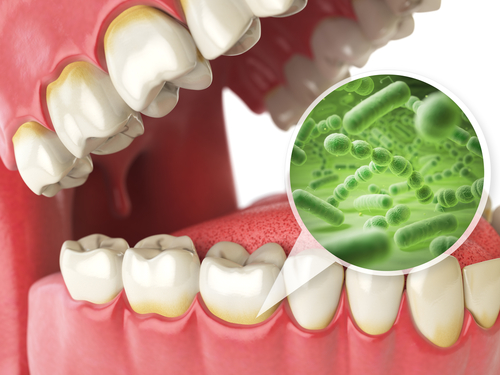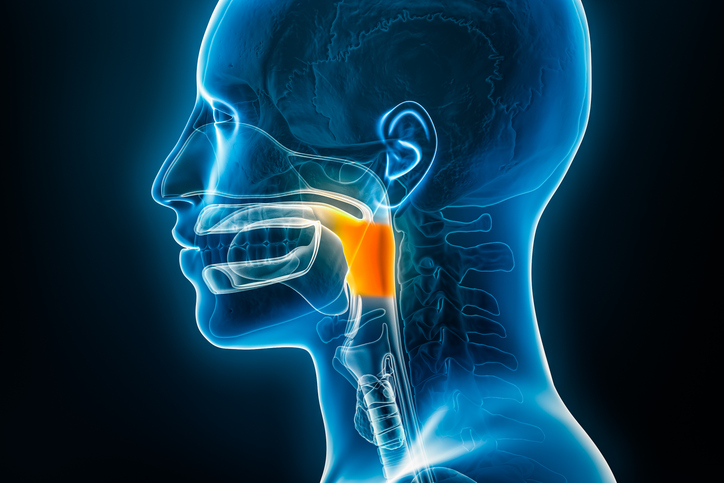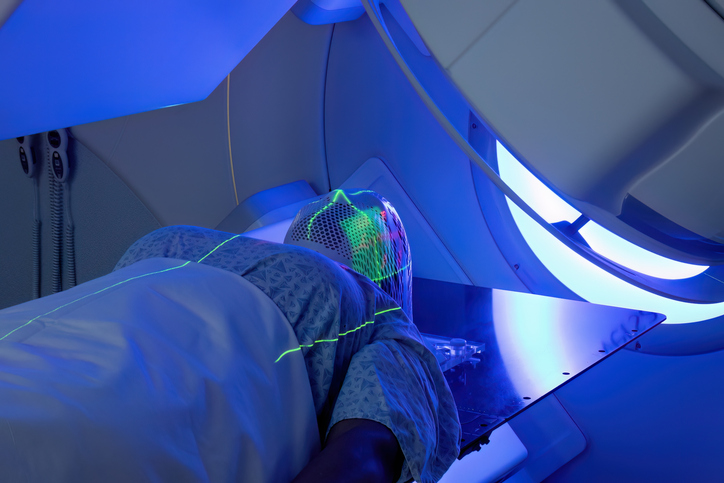
Oral bacteria are a risk factor for head and neck squamous cell cancer (HNSCC), according to a study published in JAMA Oncology.
In this prospective nested case-control study, researchers analyzed 236 HNSCC participants who provided oral samples in 3 epidemiological cohorts, the American Cancer Society Cancer Prevention Study II Nutrition Cohort, the Prostate, Lung, Colorectal, and Ovarian Cancer Screening Trial, and the Southern Community Cohort Study. They assessed the characterization of the oral bacterial microbiome using whole-genome shotgun sequencing and the oral fungal microbiome utilizing internal transcribed spacer sequencing. The primary end point of interest was defined as HNSCC incidence.
The study found 13 oral bacterial species that were associated with development of HNSCC. The species included the newly identified Prevotella salivae, Streptococcus sanguinis, and Leptotrichia species, as well as several species belonging to beta and gamma Proteobacteria. The investigators noted that red/orange periodontal pathogen complex was moderately associated with HNSCC risk (odds ratio, 1.06 per 1 SD; 95% CI, 1.00-1.12). Notably, a 1-SD increase in microbial risk score was correlated with a 50% increase in HNSCC risk (multivariate odds ratio, 1.50; 95% CI, 1.21-1.85).
“This case-control study yielded compelling evidence that oral bacteria are a risk factor for HNSCC development. The identified bacteria and bacterial complexes hold promise, along with other risk factors, to identify high-risk individuals for personalized prevention of HNSCC,” the researchers concluded.







 © 2025 Mashup Media, LLC, a Formedics Property. All Rights Reserved.
© 2025 Mashup Media, LLC, a Formedics Property. All Rights Reserved.